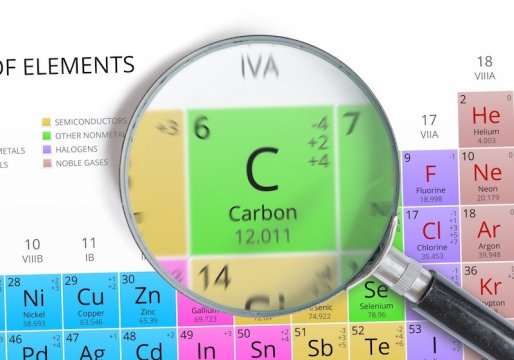HOME
From stardust to pale blue dot: Carbon's interstellar journey to Earth

We are made of stardust, the saying goes, and a pair of studies including University of Michigan research finds that may be more true than we previously thought.
The first study, led by U-M researcher Jie (Jackie) Li and published in Science Advances, finds that most of the carbon on Earth was likely delivered from the interstellar medium, the material that exists in space between stars in a galaxy. This likely happened well after the protoplanetary disk, the cloud of dust and gas that circled our young sun and contained the building blocks of the planets, formed and warmed up.
Carbon was also likely sequestered into solids within one million years of the sun's birth -- which means that carbon, the backbone of life on earth, survived an interstellar journey to our planet.
Previously, researchers thought carbon in the Earth came from molecules that were initially present in nebular gas, which then accreted into a rocky planet when the gases were cool enough for the molecules to precipitate. Li and her team, which includes U-M astronomer Edwin Bergin, Geoffrey Blake of the California Institute of Technology, Fred Ciesla of the University of Chicago and Marc Hirschmann of the University of Minnesota, point out in this study that the gas molecules that carry carbon wouldn't be available to build the Earth because once carbon vaporizes, it does not condense back into a solid.
News Source